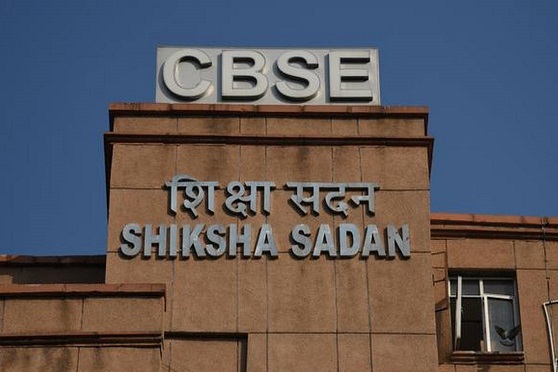The Central Board of Secondary Education has issued an FAQ on how board examinees’ answers will be evaluated, with an implicit message: attempt only the required number of questions, carefully choosing the ones you are most confident about.
With an example, the |FAQ (document containing frequently asked questions) has illustrated how answering additional questions speculatively — in the hope the examiner would pick the best answers — can cost the examinee.
The FAQ was sent on Saturday to the superintendents of the exam centres for the first-term Class X and XII board exams, which nearly 36 lakh students are taking. The exams, conducted through multiple choice questions (MCQ), began 10 days ago but most of the major papers remain to be taken.
Each paper offers extra questions. The FAQ cites an example: A question paper with two sections, A and B, each carrying 30 questions, with 20 to be attempted from each.
Say, a student attempts 20 questions from Section A (and gets 18 right) and 24 from Section B. How will she be evaluated?
The FAQ says that only the first 20 answers from Section B will be considered and the last 4 ignored. Say, the student gets 15 of the first 20 answers right. She will be credited with 18+15 or 33 correct answers in that paper.
So, if some of the answers the student was most confident about — and presumably the likeliest to get right — came after the first 20 she attempted in Section B, she would be likely to lose out.
“This is a clear-cut message that students should attempt those questions they are most confident about. They should not attempt more than the required number of questions,” a schoolteacher said.
“If the student uses the option of un-attempted questions, then only her responses after question No. 20 will be evaluated.”
An examinee is being given a question paper and a separate answer sheet, called an optical mark recognition (OMR) sheet. On the question paper, each question has a number and is accompanied by four answer options: A, B, C and D.
The OMR sheet has four empty circles marked A, B, C and D against each question number, a rectangular box and a single, slightly larger, circle that contains the question number.
The student has to darken the empty circle against the correct option (say, B) and then write “B” in the rectangular box. However, if the examinee darkens the larger circle containing the question number, it means the question has not been attempted.
This year, the duration of each paper is 90 minutes instead of the 180 minutes that examinees were allowed during the usual subjective-type exams before 2020. More schools have been turned into examination centres too.
The FAQ says a school that’s an exam centre should have evaluators from every school whose students are sitting the exam in that centre. The OMRs of a particular school’s students should be checked by evaluators from other schools.
If a school is a centre only for its own students, the “centre superintendent should invite (a) few evaluators from neighbouring schools for fairness of the evaluation”, the FAQ says.
A school principal criticised this requirement. “When you are appointing a school as a centre, it shows you have trust in it. The school uses its own teachers as invigilators but cannot depute its own teachers for evaluation. This is unnecessary,” he said.












